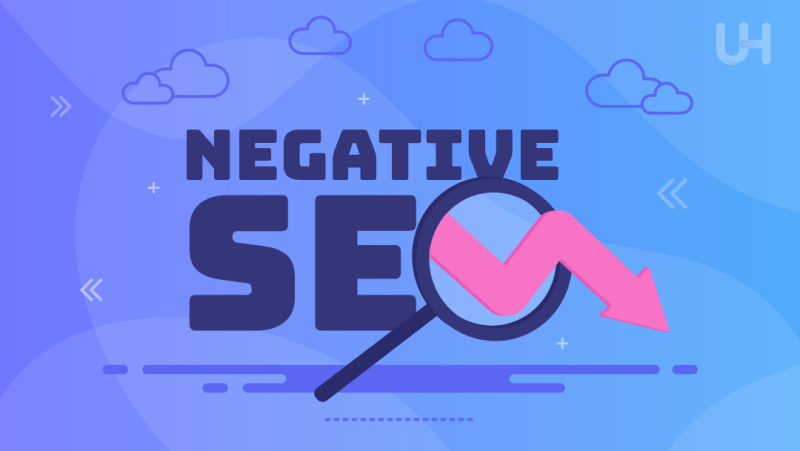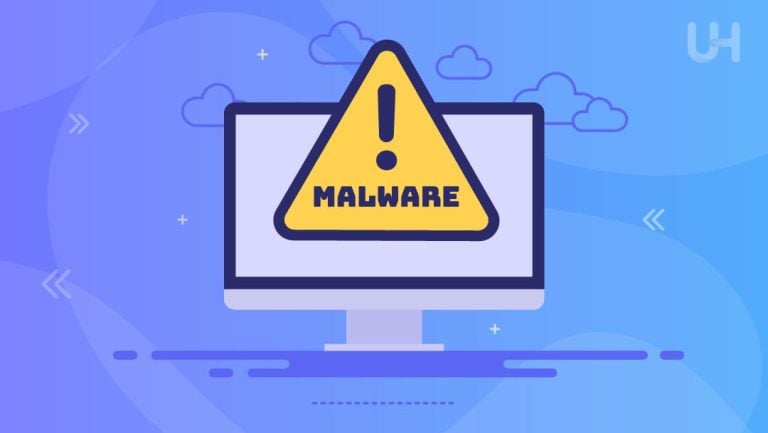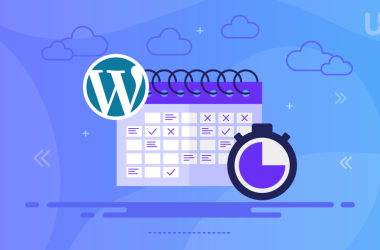Within the fierce competition in digital marketing, a very important goal for a business is to rank high in the search engine results pages. This includes the use of ethical SEO strategies to ensure that not everybody plays by the rules. Negative SEO, otherwise known as Adverse SEO, is this despicable act where a competitor or any other bad actor uses unethical search engine optimization methods to harm a website’s rankings. These actions include damaging the site’s visibility and traffic, ultimately hurting its reputation.
In this article, we will understand Negative SEO in its various forms and some actionable strategies for protecting our websites against such threats. Safeguarding our online presence is important today, but it is impossible until we comprehensively understand the risks.
Key Takeaways
- Negative SEO: Refers to malicious techniques aimed at damaging a website’s rankings in search engines.
- Types: Include hacking, malicious link building, content scraping, review bombing, smear campaigns, unauthorized hotlinking, and link removals.
- Hacking attacks: Can alter site content, introduce virus code, redirect traffic, or steal data—leading to penalties and loss of trust.
- Link manipulations: Either by forging removal requests or creating spammy backlinks which harm your backlink profile and SEO.
- Content scraping: Dilutes content value and risks duplicate-content penalties if search engines can’t recognize the original source.
- Smear & review attacks: Tarnish brand reputation via fake reviews or false claims, hurting user trust and local SEO.
- Monitoring: Use tools like Google Search Console, Ahrefs, SEMrush, or Moz to keep tabs on backlinks and get alerts for suspicious changes.
- Security: Ensure your site is secure through HTTPS, firewalls, regular updates of CMS/plugins, and malware detection.
What is Negative SEO?
Adverse SEO or Negative SEO represents deliberate techniques with a hidden agenda, which could harm their rivals or bring about undesirable rankings of your brand in search engine results. While SEO has to do with optimizing one’s own site to bring it upward toward better visibility, the gist of Negative SEO is exactly about the opposite: damaging another person’s website. These tactics can include cunning methods, such as building spam links with various kinds of content, scraping a competitor’s content, or hacking into a site. Each aims to violate all the rules, eventually leading to search engine-imposed sanctions that will lower a website’s ranking and ultimately reduce its organic traffic flow.
Adverse SEO is among the most dreaded aspects of any business reliant on online visibility. If implemented well, such an attack will result in revenue loss, damaged reputation, and long-term setbacks in rebuilding trust with search engines. As search engines, such as Google, improve their algorithms to identify and nullify such techniques, attackers improve their methods to keep awareness and prevention vital for website owners.
Types of Negative SEO Attacks

Negative SEO attacks take different shapes, each representing an attack that affects credibility or overall performance. These are just wicked tactics fully created to take advantage of vulnerable algorithms of search engines or weak links in human beliefs. The most common forms of negative SEO attacks and how each works include the following.
Hacking
One of the most direct and very harmful kinds of Negative SEO is hacking. The attackers get through to your website, change something in its content, add some virus code, or transfer your traffic to spammy and malicious sites. This can further bring about penalties from search engines, reputation loss, and compromised user trust. Further, they might steal sensitive information, which furthers the jeopardy of your business operation and customers.
Link Removals
This would include scenarios where hackers identify themselves as you or your business, after which they call on web admins to have legitimate backlinks to your site taken down. You need high-quality backlinks for SEO, and losing them will be huge in terms of rankings. Most of the attackers use several fake e-mail addresses or forged credentials to carry out this attack, which may be impossible to trace to them.
Malicious Link Building
Malicious link building is a process whereby spammy or irrelevant backlinks to your website are built manually or through automated means with anchor text for unrelated or harmful keywords. These toxic backlinks can signal to search engines that your site is manipulating, leading to penalties. Attackers often automate this process, quickly creating thousands of bad links to overwhelm your backlink profile.
Content Scraping
Content scraping is the process of copying your original website content and republishing it elsewhere, often without giving sources. The search engines won’t easily identify the real owner and, in some cases, may ding your site for having ‘duplicate’ content. Your content’s effectiveness is diluted, which harms your ranking more, especially if the scraped content turns up on sites with greater authority.
Smear Campaigns
Smear campaigns operate by trying to tarnish your brand through false information or defamatory online content. This may take the form of fabricated news, negative social media postings, or even forum discussions regarding your company in a derisive manner. A smear campaign will destroy trust among your customers and the perception of your brand, impacting your bottom line in terms of search rankings and business in general.
Review Bombing
Review bombing involves bombarding your business profiles with fake negative reviews. Sites like Google My Business, Yelp, and TripAdvisor are built upon customer reviews, and an instant surge of low ratings may discourage customers from visiting your business while signaling to search engines that your business isn’t good. Such an attack is disastrous for businesses that depend on local SEO and customer trust.
Hotlinking refers to embedding media files from your website into the websites of others without hosting them on your server. Unauthorized hotlinking increases server load and potentially lowers website performance by raising bounce rates and reducing rankings. It might also affect brand image if the content is not linked to other websites showing inappropriate contexts.
Fortify Your Website Against Negative SEO!
Worried about protecting your website from Negative SEO attacks? Take control of your website’s security and performance with UltaHost’s SEO VPS hosting solutions. Don’t let malicious activities derail your hard-earned success!
How to Protect Your Website From Negative SEO
Protecting your website from negative SEO requires proactive measures and the right tools. Monitor its health, address vulnerabilities, and reduce the risk of attacks that could affect its ranking. Here are some of the most effective strategies for safeguarding your website.
Set Up Google Search Console Tools Email Alerts
Google Search Console provides valuable insights into your website’s performance and warns about probable issues, such as hacking, indexing issues, or penalties. You can set up email notifications in the console for immediate warnings when suspicious activity occurs. That way, you can act as soon as you see a drop in ranking or an increase in toxic backlinks.
Keep Track of Your Backlink Profile
Regularly monitoring your backlink profile will help you find and disavow bad links. Tools like Ahrefs, SEMrush, or Moz provide detailed reports about your backlinks. Look for spammy domains, irrelevant anchor texts, or sudden spikes in link volume, as these are common indicators of malicious link-building campaigns. Use Google’s Disavow Tool to report and neutralize harmful backlinks before they affect your rankings.
Keep Tabs on Your Most Valuable Links
The high-quality backlinks from authoritative sites have major roles in maintaining your rankings. Keep a check that these valued links remain as they are and do not get removed. In case some of them have been removed or altered, personally contact the linking site to confirm whether the change has happened for a valid reason, which would help prevent losses due to false requests for link removals.
Secure Your Site From Malware
A major step toward fighting hacking and malware is investing in robust website security. Use HTTPS protocols, install firewalls, and regularly update your Content Management System and plugins to patch vulnerabilities. You can also add extra layers of security by monitoring your site for suspicious activity with tools like Sucuri or Wordfence. Finally, periodically run security audits to find and eliminate potential threats.
Audit Your Site for Duplicate Content
Set up a constant process of checking for duplicate content via specialized tools, like Copyscape or the Grammarly plagiarism checker. When you find somewhere your content was possibly scraped and gone on to be re-posted, file a DMCA takedown request to remove such pickup. Consider using a DMCA-ignored VPS with enhanced security and privacy features to ensure protection. You would, therefore, establish proof with the search engines that you created the content first.
It could also affect brand reputation when fake social profiles impersonate your business and share fake information. Take a very active approach towards monitoring these social media platforms for accounts claiming to represent your brand, especially if you use managed social network hosting to streamline your online presence. Some platforms, such as Facebook, Twitter, and Instagram, offer reporting mechanisms in cases like this. This timely action against fake profiles protects your credibility and saves your audience from misinformation.
Conclusion
Negative SEO, or Adverse SEO, is a serious threat that could ruin your website’s rankings and credibility if its effects are not addressed. And that can be possible only when one understands the various tactics involved in this attack or knows ways to proactively defend against such attacks key factor to a wholesome online existence. By being vigilant, applying the right tools, and addressing vulnerabilities, you can keep your site safe from malicious activities and ensure a long-term successful existence in the competitive digital landscape. Safeguard your efforts and your brand with these essential strategies.
Protecting your site from Negative SEO is crucial for maintaining its performance & credibility. With Secure WP Hosting from UltaHost, you can safeguard your website with enhanced security features and reliable performance to avoid malicious threats.
FAQ
What is Negative SEO?
Negative SEO, or Adverse SEO, involves malicious tactics to harm a site’s search rankings, like spammy backlinks or content scraping.
How can I detect a Negative SEO attack?
Look for sudden ranking drops, toxic backlinks, duplicate content, or fake reviews.
What are common Negative SEO methods?
Hacking, spammy links, review bombing, and smear campaigns are frequent tactics.
Can I prevent Negative SEO?
While not fully preventable, securing your site and monitoring backlinks reduce risks.
What should I do about toxic backlinks?
Disavow them using Google’s Disavow Tool to avoid search engine penalties.
How does review bombing impact a business?
It hurts your reputation, deters customers, and affects local SEO rankings.
What tools help against Negative SEO?
Tools like Ahrefs, SEMrush, and Google Search Console help monitor and protect your site.










